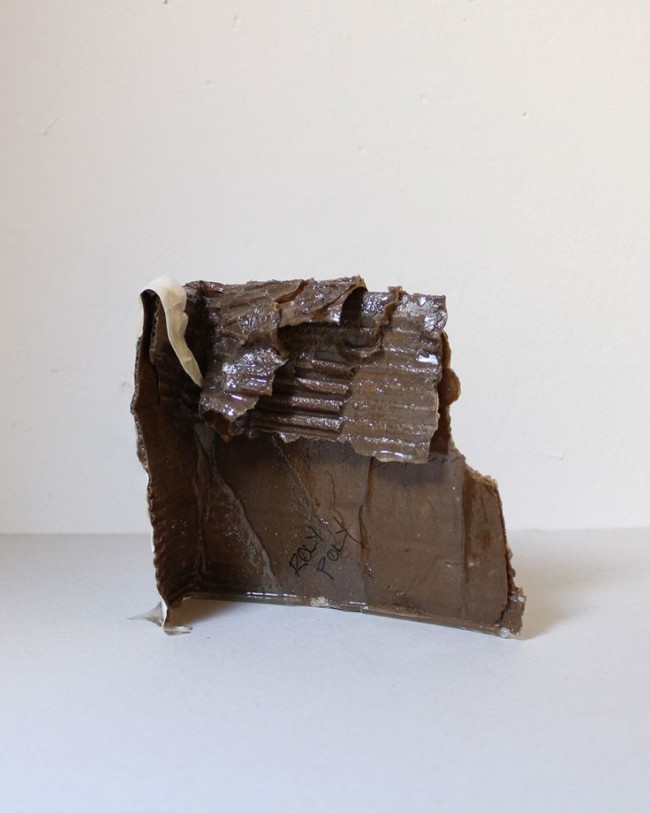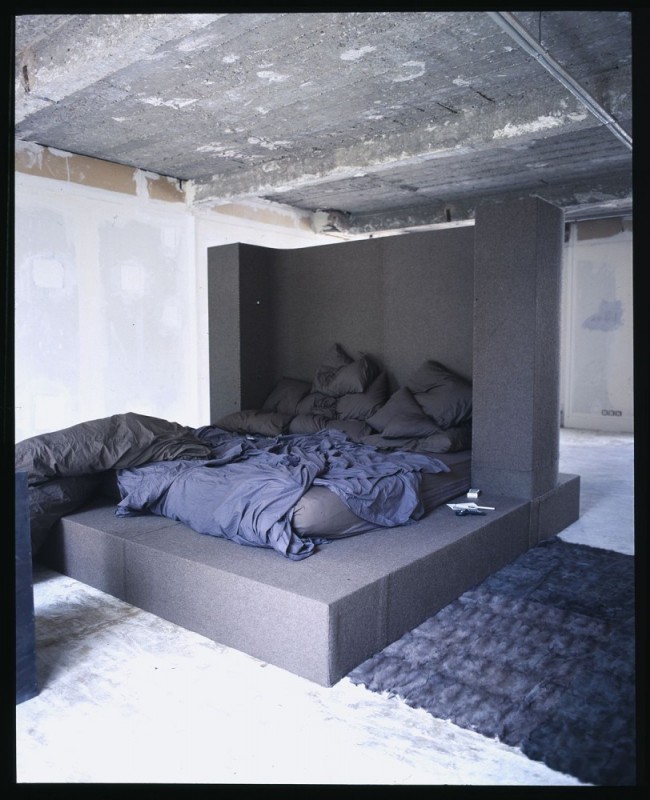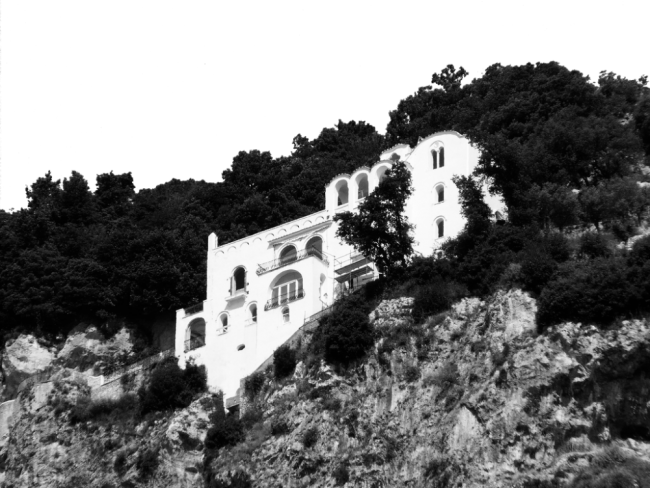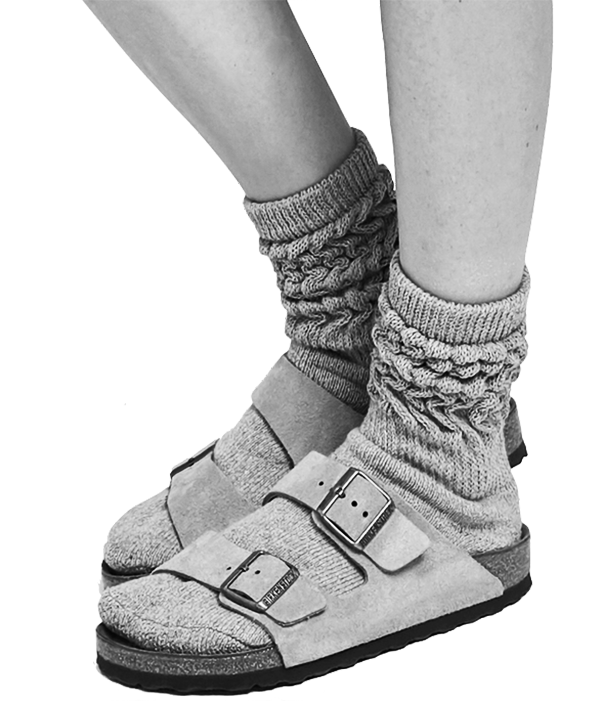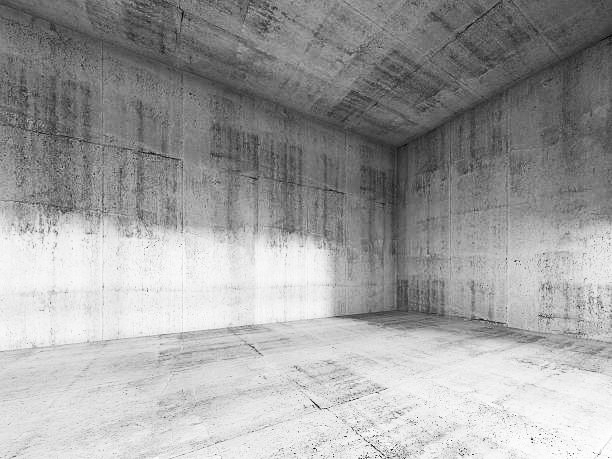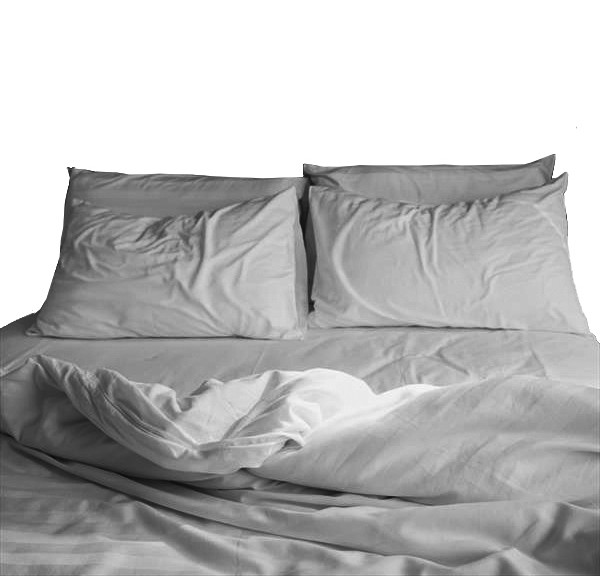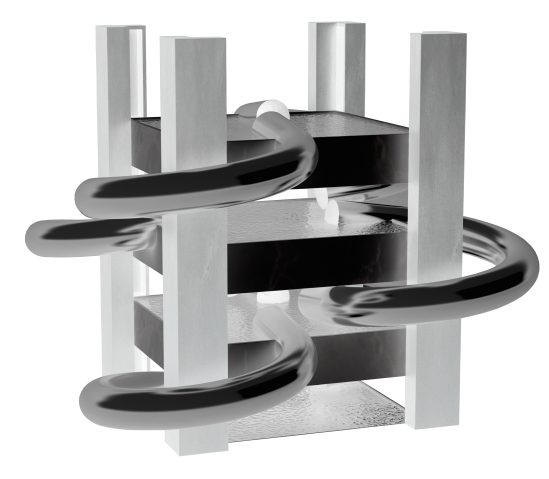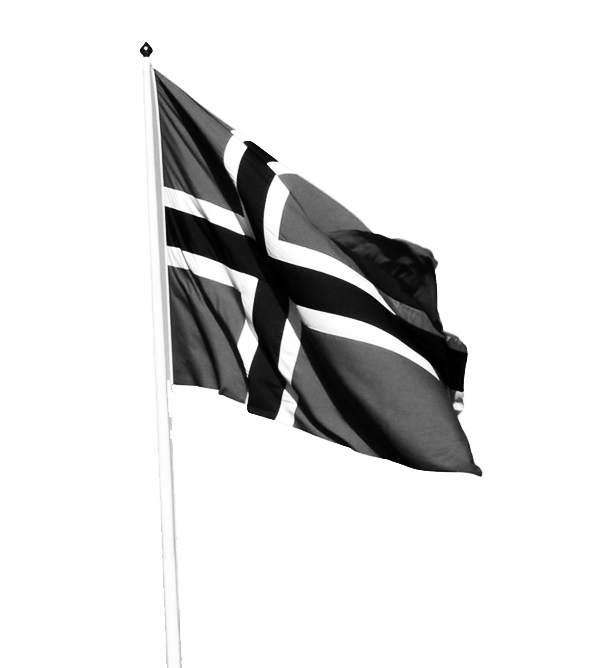BUSH ERA: Finding Solace in the Australian Outback

There are many corrugated iron storage sheds scattered around the property, all with names. This one is called the Unabomber Shed and is half-way down the dirt track to the main road.
Australia is a vast island continent, the majority of its population clinging to the eastern seaboard from the thrusting tip of tropical Cape York Peninsula to the lush pudenda of Tasmania. And yet it’s the extensive hinterlands — the infamous “bush” — that defines us. Largely untamed, maybe untameable, the bush is not so much a vegetative as a psychological state. The term covers everything from gnarly gumtrees to treacherous undergrowth to the desolation of the desiccated mulga. Sometimes synonymous with “outback,” it’s the place from which dingoes take our babies, where a picnic at Hanging Rock makes schoolgirls disappear, where Skippy the Bush Kangaroo is constantly sniffing out someone lost. “What are you trying to say, Skip?” Skip’s very aware that it’s a jungle out there. Maybe a rainforest. Or a One Tree Plain.
Out where I live, five hours inland from Sydney, on the banks of the melancholic Lachlan River — a low-lying, muddy meander until it breaks its banks and spreads rich alluvial soil across the plain — it’s relatively tranquil. Is it comfortable? No, at least not always. Freezing in winter, on a moonless night it’s as black and icy as the Bardo. The summer heat leaches the air to the point where light no longer refracts colour and the sweltering paddocks and stock route and even the two-lane blacktop appear bleached. Infamous island of venomous beasties, a rifle is kept in the strongbox in case the snake wrangler arrives too late.

This hay bale shed is the type of rustic structure Australia’s only Pritzker Prize architect, Glenn Murcutt uses for inspiration.
But is it comforting? Paradoxically, yes. But then this is the land of paradox, a so-called terra nullius that has in fact been occupied for at least 65,000 years. As my compatriot Don Watson so eloquently puts it in The Bush; Travels in the Heart of Australia (2014), “The bush is the twitter and tinkle of wrens and fantails and the sound of a truckload of calves on the way to oblivion. It has equal measures of what was there before Europeans came and what is there now. It is what we have done to the natural environment and what it has done to us. The world outside and the world within. Wilderness, home, and garden. Temple, nursery, and slaughterhouse.”
I wasn’t born in the bush, but I was born to it. My childhood seemed like a constant car trip in the Holden Kingswood going to visit one of my mother’s 17 siblings scattered along the Murray River that divides Victoria from New South Wales. One uncle was a shearer, another a fruit picker, another captained the paddle steamer at the local Pioneer Settlement tourist park. I remember clearly the joy of diving into a wheat silo full to the brim of grain, the freakishness of a frog plague so fierce it seemed to be raining reptiles, my parents driving across the dirt road of Nullarbor Plain from Adelaide to Perth, three days in their underwear. There weren’t enough Abba songs on the eight-track to get me through that.

The stump and clapboard sheep pen is in High Federation style, a kind of antipodean Queen Anne idiom.
A large part of leaving Australia for Europe, aged 30, was sheer escapism, a desire for wider horizons, foreign climes, une vie de flâneur in some glorious northern Elsewhere. And yet removing myself physically was not the same as escaping psychologically. We carry our histories with us, like snails, on our backs — and our life trails lead inexorably back the way we came. After 20 years abroad, I moved “home” a few years ago. Volumes have been written about the tribulations of the expatriate; none have been scribed about the repatriate paradigm. It’s an induced state of statelessness, an eternal homelessness, sitting on a fence surrounded by grass that’s greener on both sides. Of course I first settled in Sydney, that bijoux city set in the glittering Pacific with its iconic Opera House and buffet of buff meat that is Bondi Beach. But about-face all this way to land in an ersatz European city, a place that despite its arrogant assertion of a superior “lifestyle” is tied by a psychological lifeline to the motherland? No, I would move to the source of Australia’s complex identity, rough it out with the rednecks we call bogans. None of that city slickness for me.
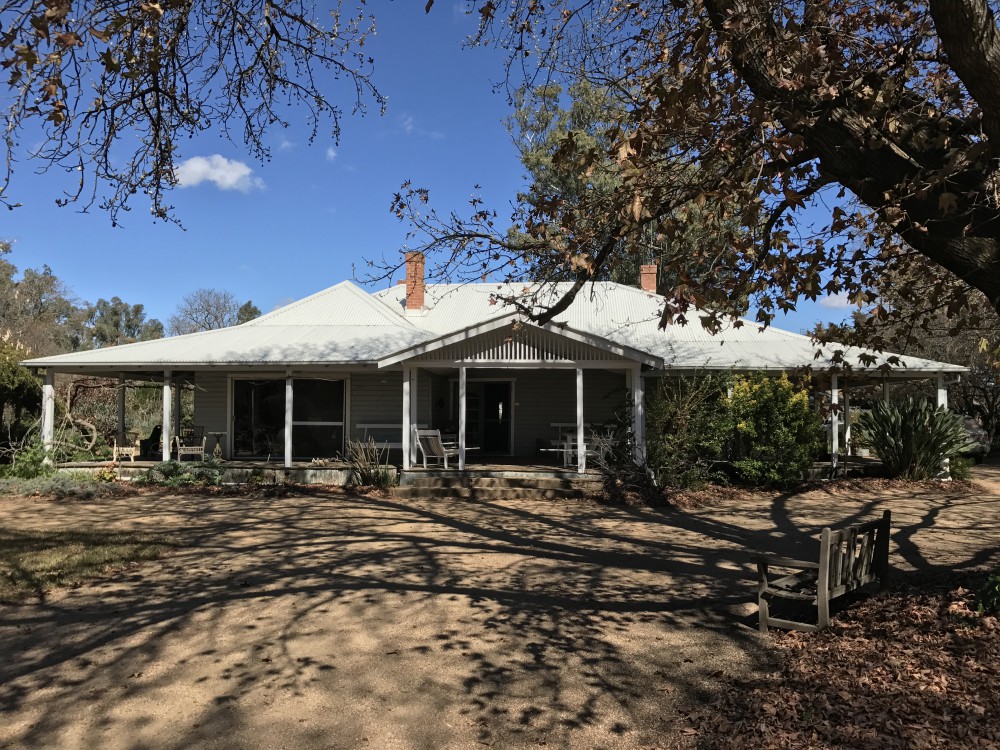
The Big House was built in 1865, the year notorious local bush ranger, Ben Hall was shot dead nearby.
From the screened-in veranda of the Big House, I look over grass lawns, iris and rose beds, walnuts and pomegranates, out to the “killing paddock” where cattle used to be slain for food. Whip-thin palm trees lurch over the homestead, built in 1865, the year local bushranger Ben Hall was shot dead. (Another paradox: in these parts the homicidal bushranger is considered a hero.) You can take the boy out of Australia, they say, but you can’t take Australia out of the boy. What’s bred in the bone comes out in the flesh. Perhaps that’s where the sense of pleasure, or comfort, derived from adversity arises. It’s formed early on, part of the national psyche. In any case, a very Australian trope. I could, of course, just turn on the air con — but that’d make for a far less compelling story.
Stephen Todd is the design editor of the Australian Financial Review. He lives on a farm in Droubalgie, Central West New South Wales, Australia.

